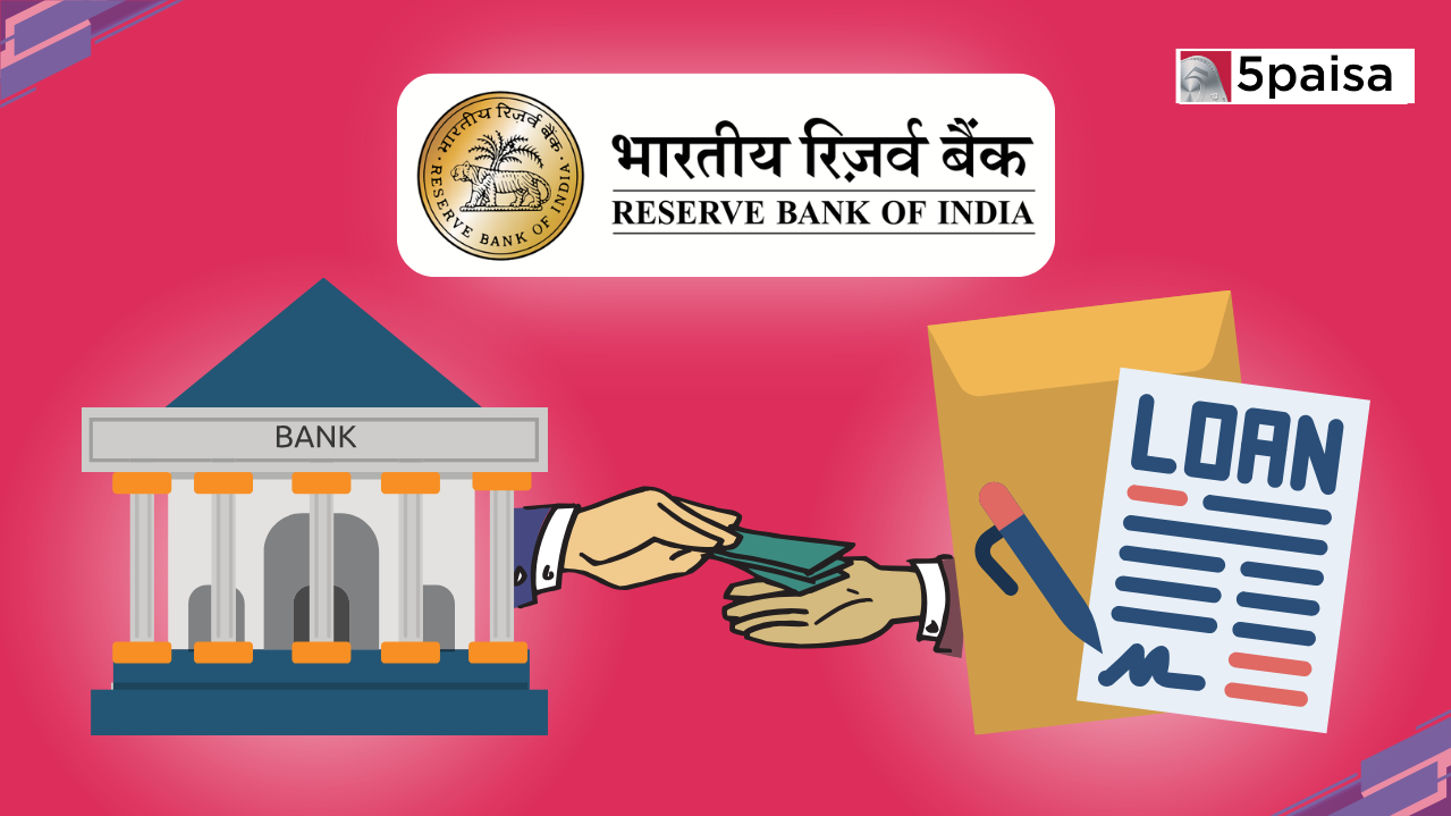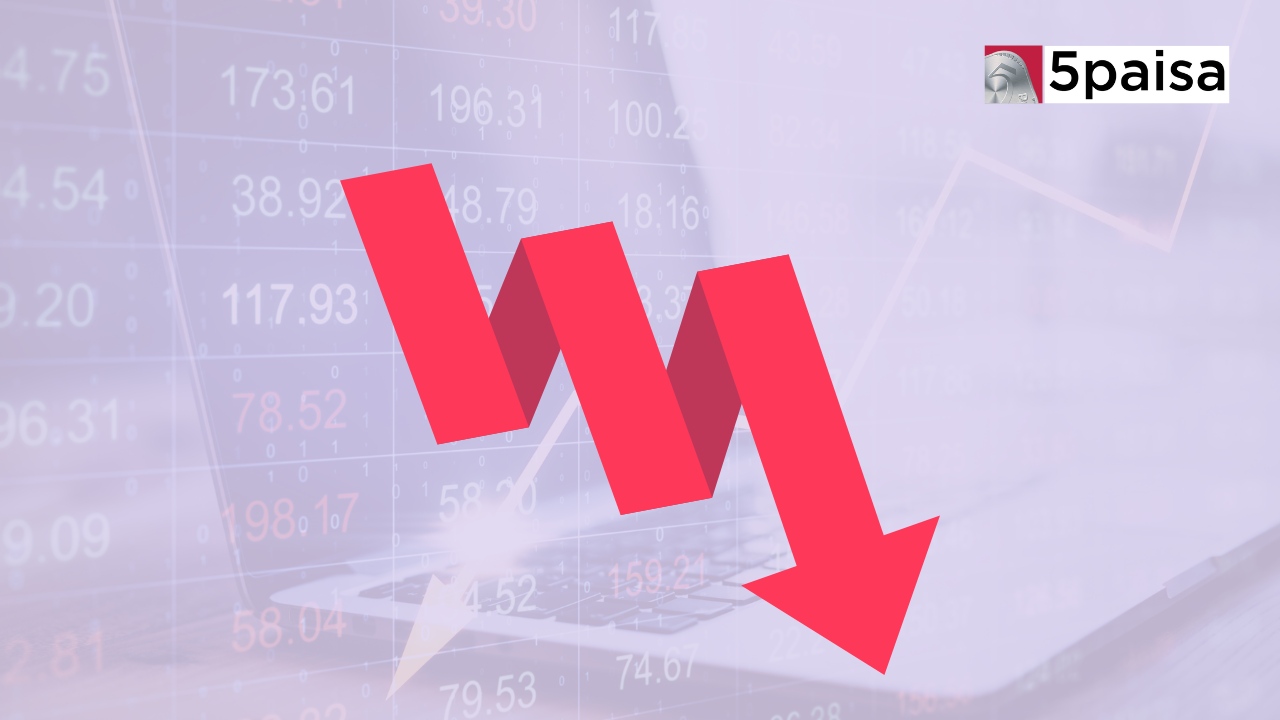RBI's Caution on Consumer Loans

Last Updated: 17th November 2023 - 05:20 pm
In the dynamic landscape of the financial sector, recent headlines have highlighted a substantial growth in unsecured loans among major banks, despite the Reserve Bank of India's (RBI) cautious stance.
This article delves into the why, how, and what of the RBI's stringent approach towards consumer loans, exploring the rationale behind it, its potential impact on both financial institutions and consumers, and deciphering the messages conveyed by RBI Governor Shaktikanta Das.
RBI's Caution and Banks' Growth
The RBI's apprehension over the surge in unsecured loans is not unfounded. Several leading banks, including HDFC Bank, ICICI Bank, and Kotak Mahindra Bank, have reported staggering growth in their unsecured portfolios, ranging from personal loans to credit cards. The Moneycontrol analysis reveals a stark reality: a 30 percent average growth in unsecured portfolios during Q2.
| Bank | Unsecured Portfolio Growth (%) |
| HDFC Bank | 15.5 |
| ICICI Bank | 40 |
| Kotak Mahindra Bank | 49.76 |
RBI's Response: Increase in Risk Weight
In response to the escalating trend, the RBI, on November 16, took a decisive step by urging banks and non-banking finance companies (NBFCs) to increase the risk weight for consumer credit. This move is specifically targeted at consumer loans, including credit cards, aiming to fortify the financial system against potential risks associated with unsecured lending.
| Regulatory Action | Impact |
| Increase in Risk Weight (%) | Forces banks to allocate more capital to loans |
Impact on Banks and Consumers
The implications of the RBI's directive are two-fold. Firstly, banks are now compelled to set aside a higher amount of capital for consumer credit, subsequently increasing minimum capital ratios based on asset classification. This adjustment, in turn, might lead to higher interest rates on unsecured loans for consumers.
| Impact on Banks | Impact on Consumers |
| Higher capital allocation for loans | Potential increase in interest rates |
| Increased minimum capital ratios | More cautious lending practices |
Governor's Insight: A Lesson Learned
Governor Shaktikanta Das has been vocal about the need for banks, NBFCs, and fintechs to strengthen their internal surveillance mechanisms. His cautionary statements during the October monetary policy press conference underscore the importance of proactively addressing risks associated with unsecured lending.
"We would expect, as the first layer of defence, the banks, NBFCs, and fintechs, to take appropriate internal controls. Banks and NBFCs would be well advised to strengthen their internal surveillance mechanisms, address the build-up of risks, if any, and institute suitable safeguards in their own interest."
Learning from the Past: Lessons and Numbers
The RBI's vigilance on unsecured loans is rooted in historical patterns. The Financial Stability Report released on June 28 highlighted a decline in the share of large borrowers, indicating that retail loans have grown faster than corporate borrowings in the last three years. Unsecured retail credit has spiked 23 percent in the last two years, surpassing the overall credit growth of 12-14 percent.
| Credit Segment | Growth (%) |
| Unsecured Retail Credit | 23 |
| Credit Card Loans | 30.8 (by end-August this fiscal) |
As the RBI tightens the reins on consumer loans, the financial sector faces a crucial juncture. The regulator's proactive measures aim to prevent a recurrence of bad loan crises, especially in the absence of asset backing.
Striking a balance between facilitating economic growth and averting potential risks, the RBI's cautionary approach underscores the necessity for financial institutions to exercise prudence and reinforce their risk management frameworks. As consumers navigate these changes, it becomes essential to stay informed, make informed financial decisions, and adapt to a landscape where caution and growth coexist.
- Flat ₹20 Brokerage
- Next-gen Trading
- Advance Charting
- Actionable Ideas
Trending on 5paisa
Business and Economy Related Articles
Disclaimer: Investment in securities market are subject to market risks, read all the related documents carefully before investing. For detailed disclaimer please Click here.
 5paisa Research Team
5paisa Research Team
 Sachin Gupta
Sachin Gupta




